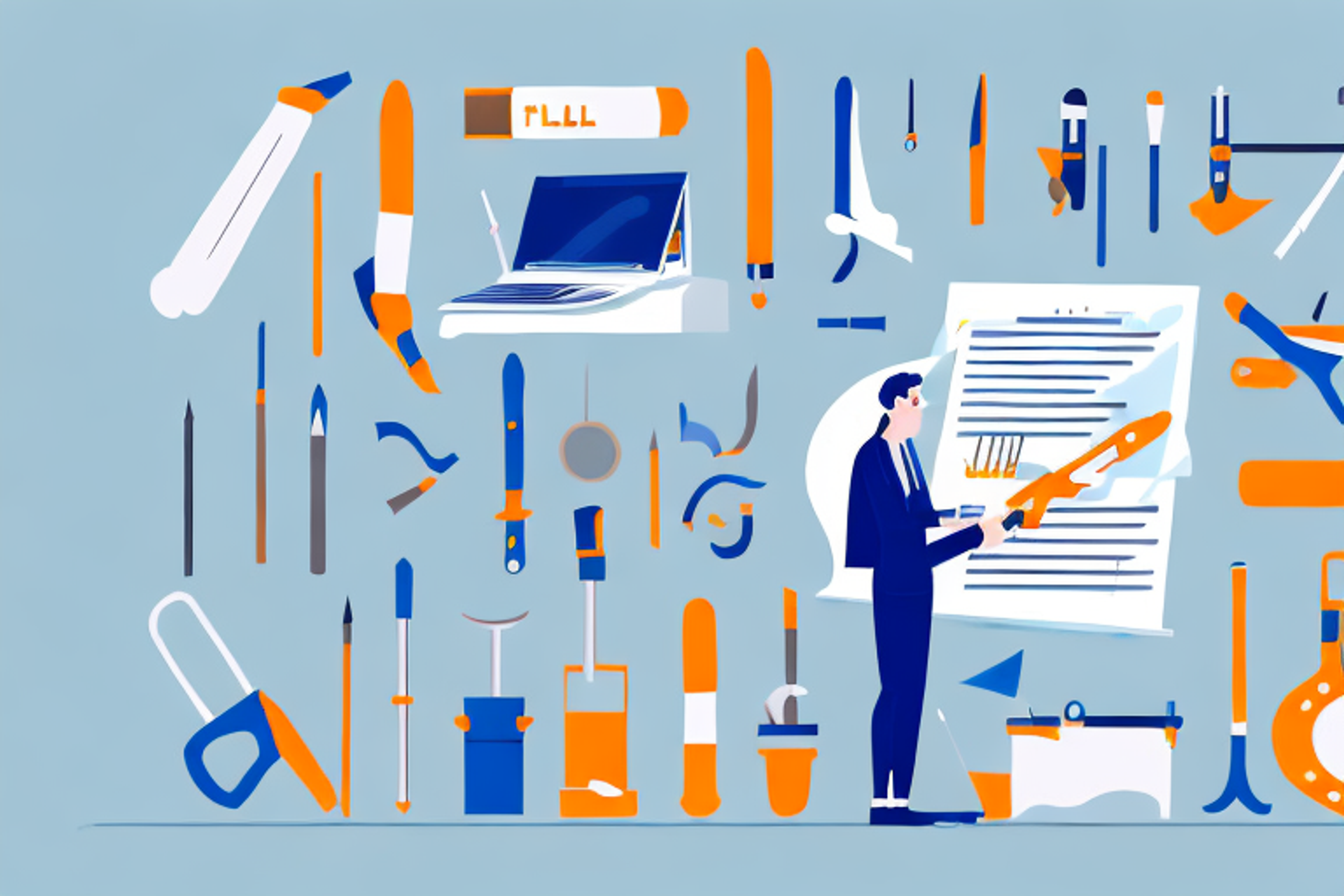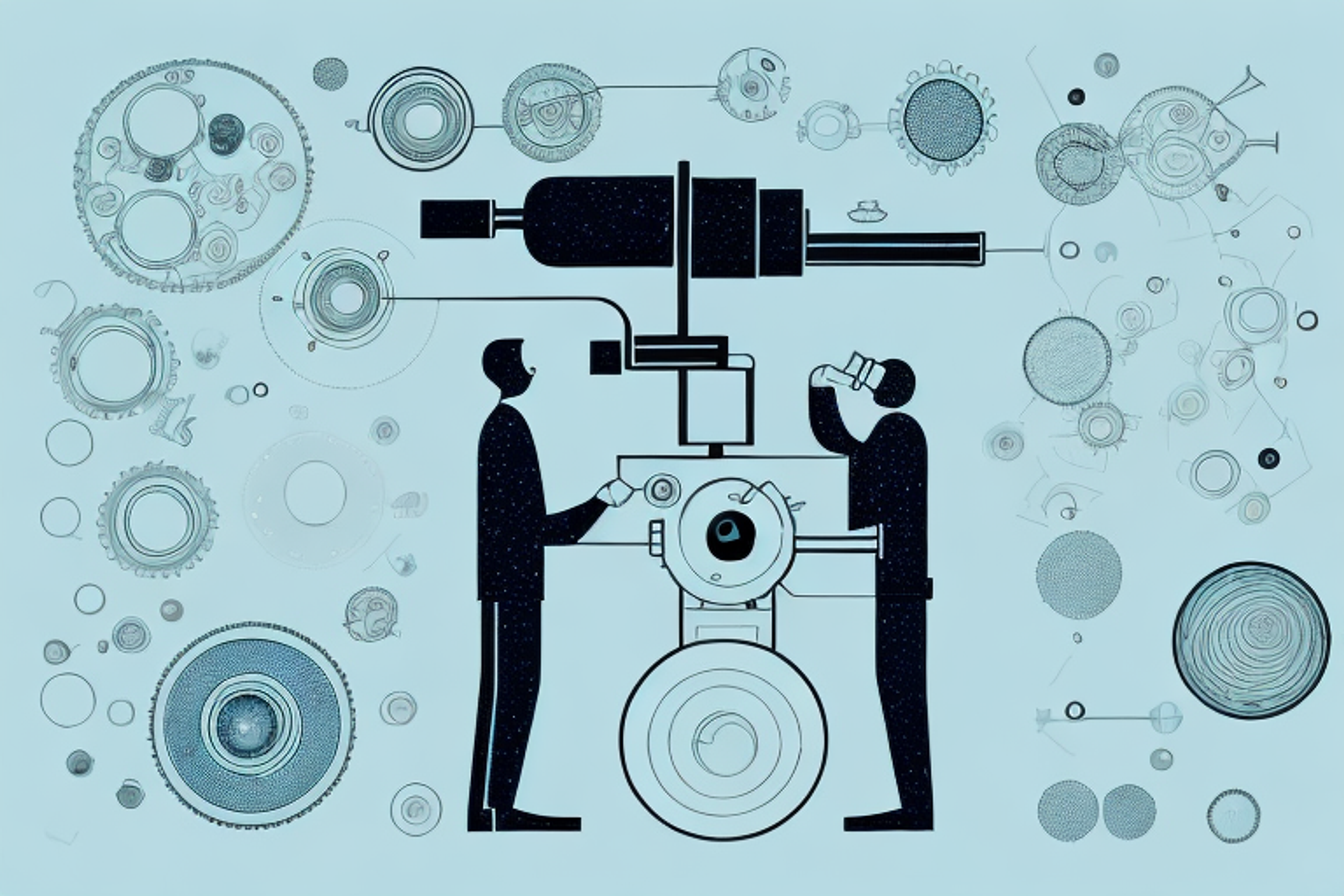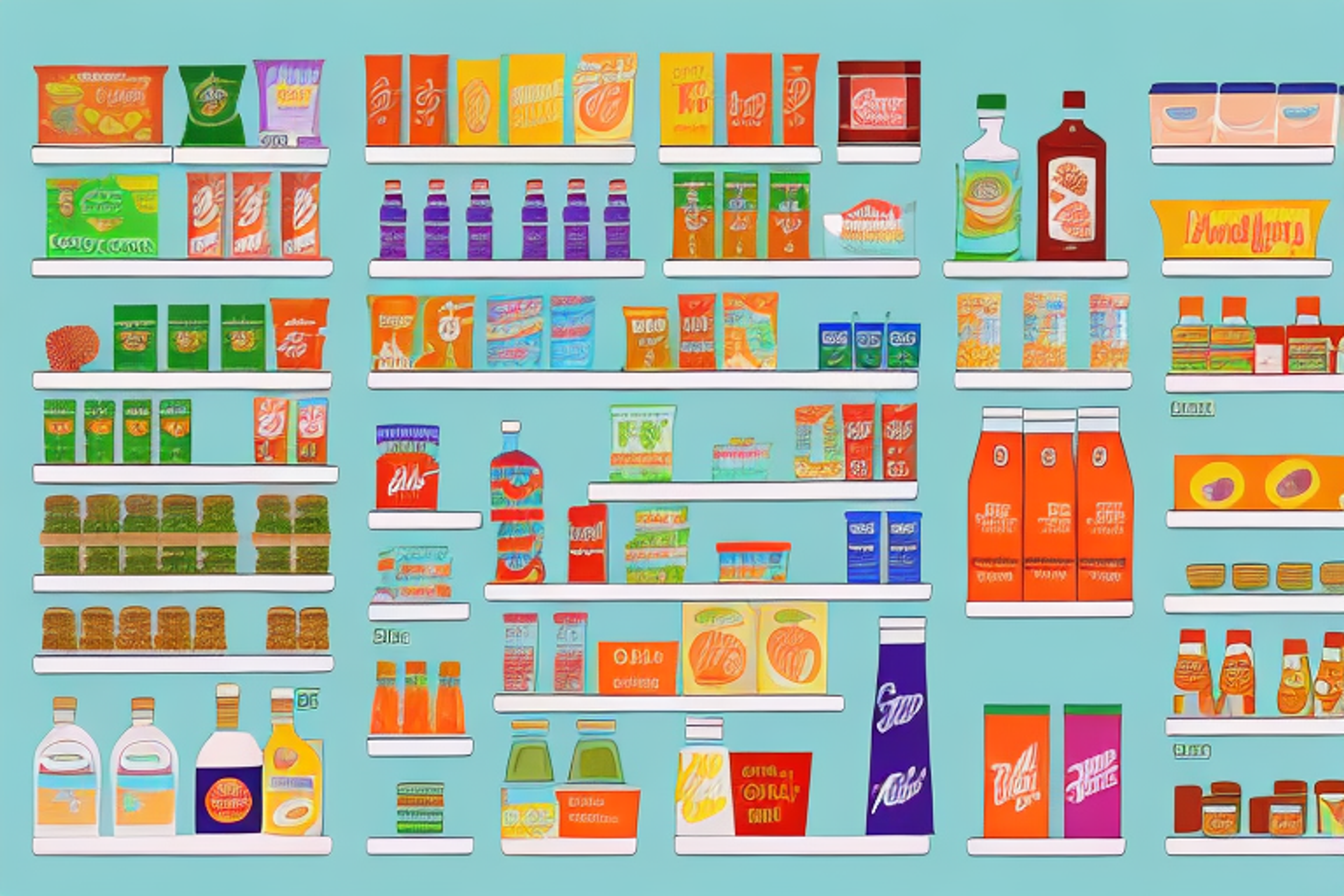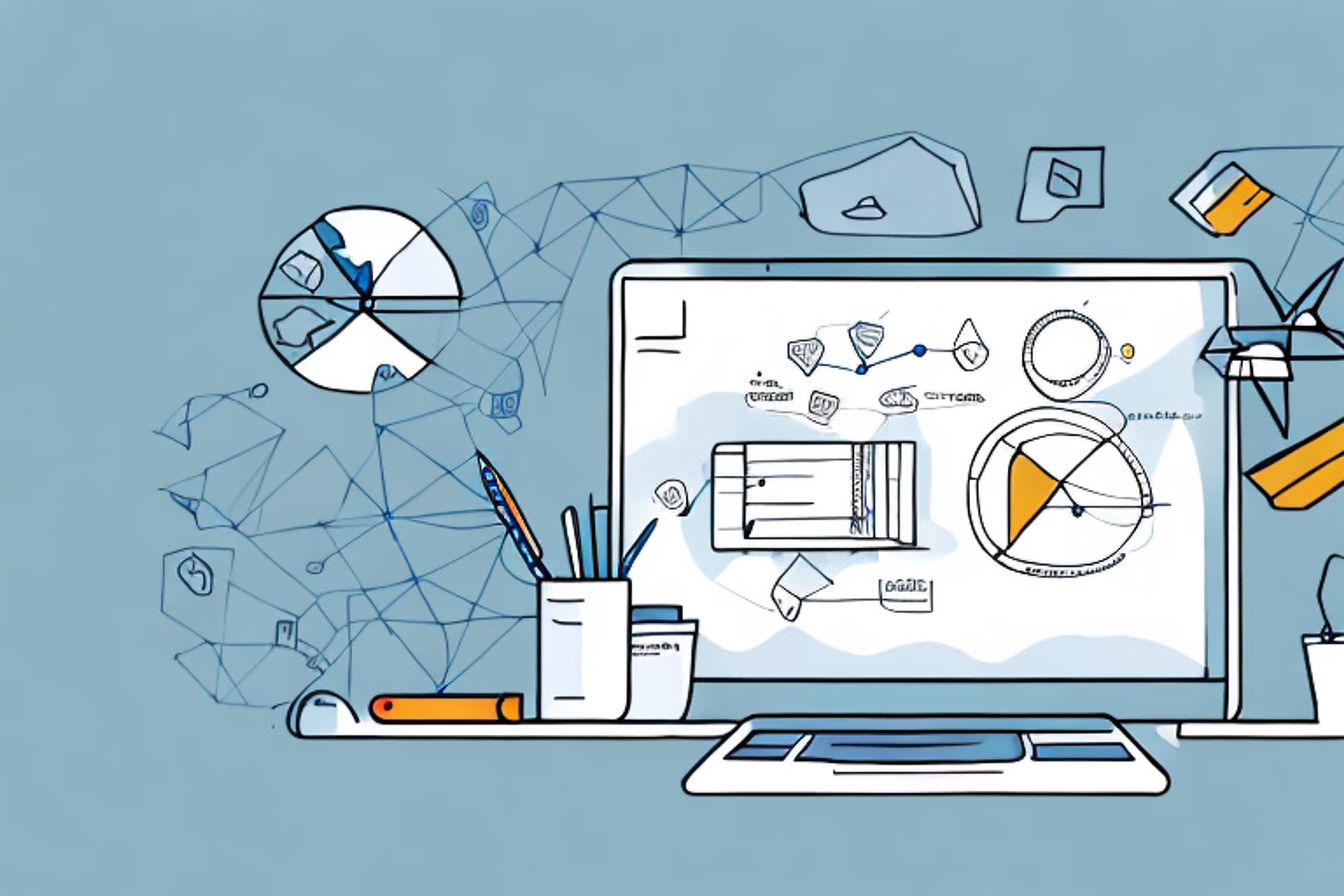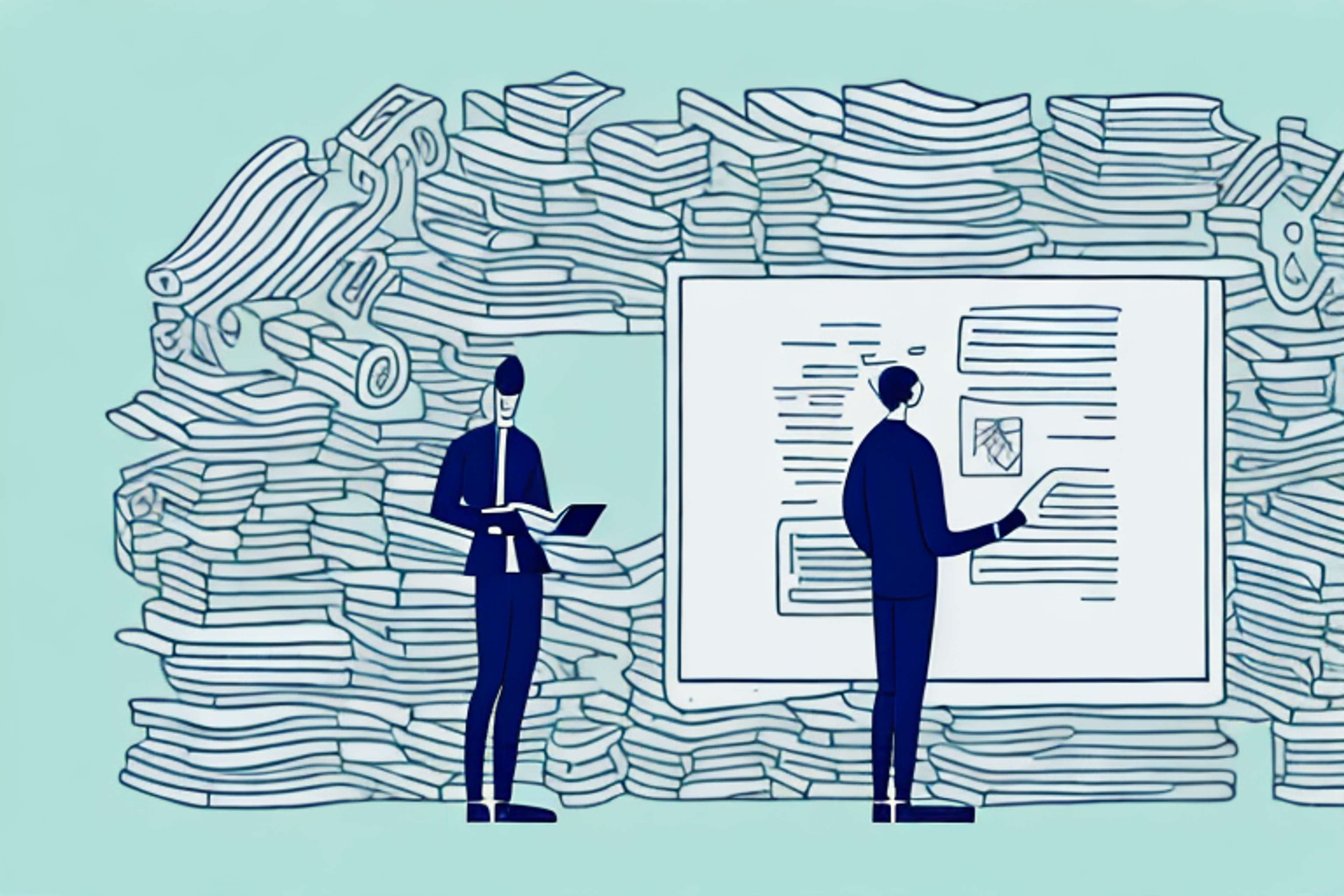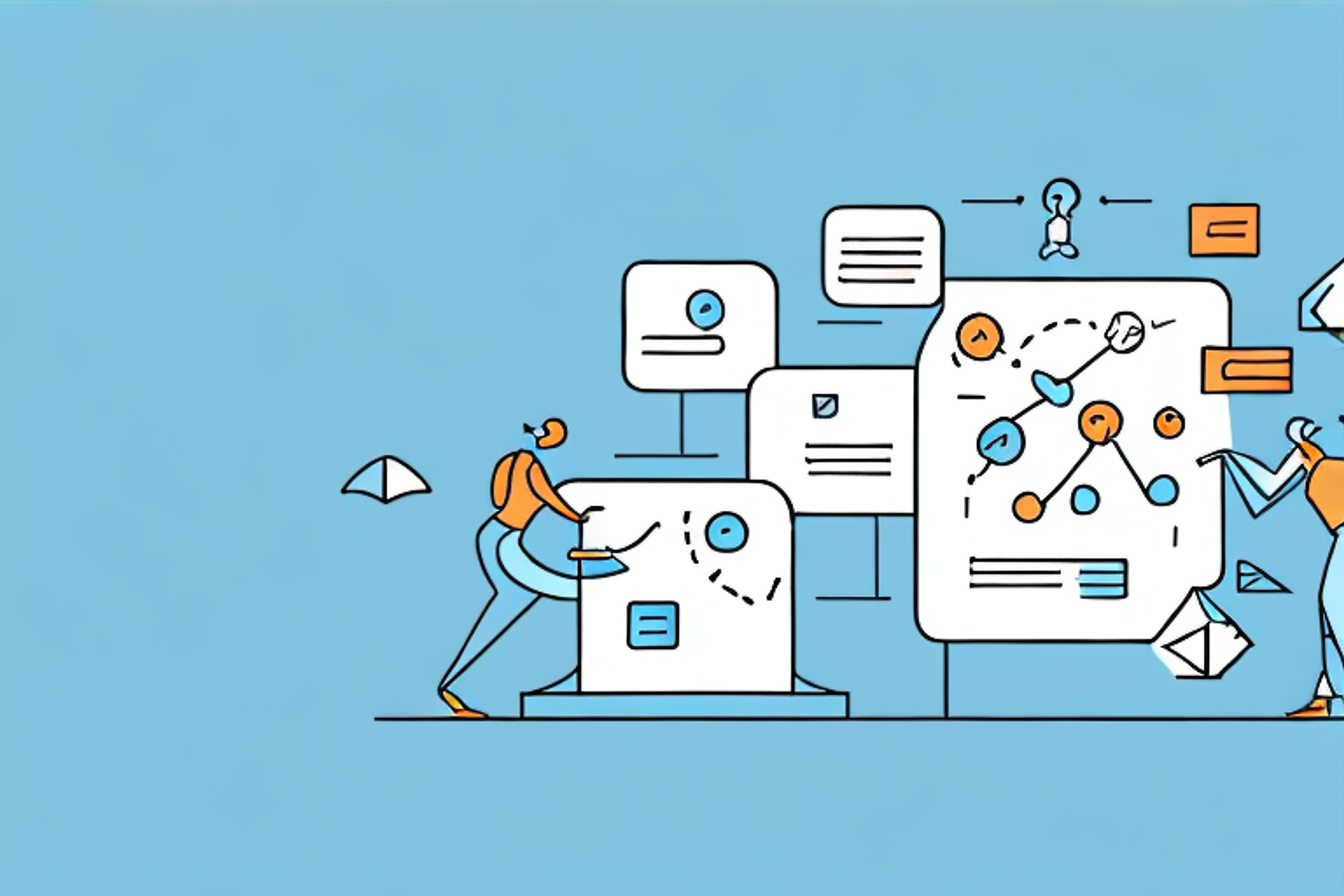How to Prepare for Masterclass Product Sense Interviews
If you're preparing for a Masterclass Product Sense interview, this article is a must-read.
Posted March 6, 2025
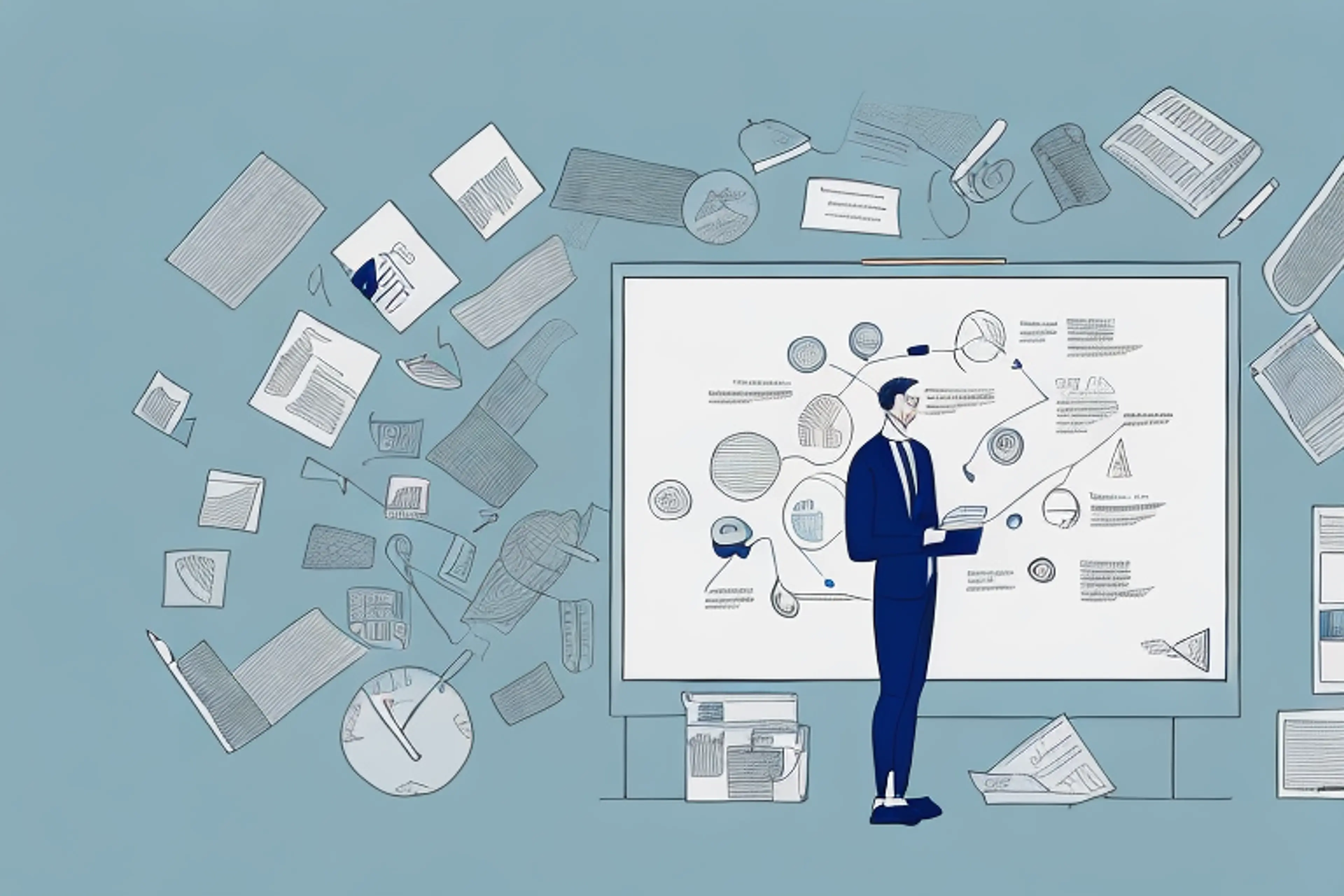
Table of Contents
Masterclass product sense interviews can be daunting, but the good news is that with preparation and practice, you can ace them. In this article, we'll cover everything you need to know to prepare for these interviews, from understanding the key concepts to crafting effective answers, with tips for research, analysis, and using data.
Key Concepts to Master for Product Sense Interviews
Product sense interviews are designed to test your ability to assess a product, understand the user needs, and develop a strategy to address those needs. You'll need to demonstrate an understanding of various product design concepts, such as usability, scalability, and market fit, to name a few.
It's important to understand that the interviewer is not just looking for the right answer, but for your thought process and how you approach the problem. Your ability to communicate your ideas clearly and succinctly is also crucial.
Another important concept to master for product sense interviews is customer empathy. This involves putting yourself in the shoes of the user and understanding their pain points, motivations, and behaviors. By doing so, you can develop a product that truly meets their needs and provides a positive user experience. Additionally, having a strong understanding of the competitive landscape and industry trends can help you develop a product that stands out in the market and meets the needs of both the user and the business.
Understanding the Role of Product Sense in Interviews
Product sense is an increasingly important part of product management, so it's not surprising that many companies are giving it more weight in their interviews. Employers want to see that a candidate can be creative, strategic, and empathetic to the user needs.
Product sense interviews typically consist of hypothetical scenarios or case studies, where candidates are asked to analyze a product, identify issues, and come up with a solution. The interviewer will then assess your ability to think through the problem, create a strategy, and defend your approach.
One way to prepare for product sense interviews is to practice analyzing and critiquing existing products. This can help you develop a critical eye for identifying issues and opportunities for improvement. Additionally, staying up-to-date on industry trends and user needs can help you demonstrate your ability to think strategically and empathetically.
It's important to remember that product sense is not just about having a good idea, but also about being able to execute it effectively. Employers want to see that you can not only come up with a solution, but also understand the technical and business implications of implementing it. Therefore, it's important to showcase your ability to collaborate with cross-functional teams and prioritize features based on user and business needs.
Tips for Researching and Analyzing Products
The first step in acing a product sense interview is to research and analyze products. This entails understanding the product, its target audience, and the problem that it is trying to solve. You should also research the competition and the industry trends.
When asked to analyze a product, start by breaking it down into its basic components and identifying areas in which it excels and areas that need improvement. It's vital to understand the context of the product, the user needs, and the business goals to come up with a solution that addresses the root problem.
Another important aspect of researching and analyzing products is to gather feedback from users and stakeholders. This can be done through surveys, user testing, or focus groups. By gathering feedback, you can gain insights into how users interact with the product and identify pain points or areas for improvement.
The Importance of Product Design in Masterclass Interviews
Good product design can make or break a product, which is why it's a crucial part of product sense interviews. Employers want to see that you understand the importance of design and how it can impact the user experience.
You'll need to show that you can identify the usability and scalability of a product, as well as how its design affects its market fit. Your ability to articulate a clear design strategy and the reasoning behind it is essential.
Another important aspect of product design is the ability to balance form and function. A product that looks great but is difficult to use will not be successful in the market. Similarly, a product that is highly functional but lacks aesthetic appeal may not attract users. Therefore, it's important to consider both aspects when designing a product.
Additionally, product design is not a one-time process. It's an ongoing effort to improve and evolve the product based on user feedback and changing market trends. As a product designer, you'll need to be open to feedback and willing to iterate on your designs to ensure that the product remains relevant and competitive.
How to Develop a Strong Product Strategy
A strong product strategy is the foundation for any successful product, and employers want to see that you're equipped to develop one. The strategy should prioritize user needs, business goals, and feasibility.
When developing a product strategy, start by identifying the problem that the product needs to solve. You should then gather user research, assess the competition, and analyze the market. From there, you can create a roadmap that outlines the product's goals, prioritizes features and milestones, and aligns with business objectives.
It's important to note that a product strategy is not a one-time task, but rather an ongoing process. As the market and user needs evolve, so should the product strategy. Regularly reviewing and updating the strategy can help ensure that the product remains relevant and competitive.
Another key aspect of developing a strong product strategy is collaboration. It's important to involve stakeholders from different departments, such as marketing, engineering, and design, to ensure that the strategy is well-rounded and takes into account all aspects of the product's development and success.
Crafting Effective Answers to Product Sense Interview Questions
The key to crafting effective answers is to be concise, clear, and logical. Your response should include a brief overview of the problem, your solution, the reasoning behind it, and any potential drawbacks or challenges in executing it.
It's also important to be aware of your tone and body language during the interview. Telling a story and painting a clear picture can help you demonstrate empathy and build rapport with the interviewer.
Common Product Sense Interview Scenarios and How to Approach Them
Some common scenarios that you may encounter in a product sense interview include developing a product roadmap, improving an existing product, or addressing a product issue.
When approaching these scenarios, it's essential to assess the situation, identify the root cause of the problem, and develop a solution that aligns with the company's business objectives. It's essential to think through the logic of the solution, consider potential drawbacks and limitations, and be able to defend your reasoning.
Mastering the Art of Communicating Your Ideas Clearly
Communication is crucial in any interview, and product sense interviews are no exception. The interviewer wants to see that you can communicate your ideas in a clear, concise, and compelling manner.
When communicating your ideas, it's essential to speak with confidence and clarity. Use simple language, avoid jargon, and take time to explain complex ideas. Be aware of your tone, body language, and the speed at which you're speaking.
Using Data to Support Your Product Sense Responses
Data is a powerful tool in product management, and employers want to see that you're equipped to use it effectively. When using data to support your responses, it's important to be selective about the data points you choose and the way you use them.
You should also be prepared to explain why a particular data point is relevant, how you analyzed it, and what it tells you about the product. Data can help support your reasoning and provide evidence for the effectiveness of your solution.
Practicing for Product Sense Interviews: Mock Scenarios and Feedback
Practice is key to acing a product sense interview. Seek out mock interview scenarios and practice answering questions. You can also record yourself and rewatch the video to assess your communication skills, body language, and tone.
It's also essential to seek feedback from peers or mentors. Feedback can help you identify areas for improvement and gain insight into how you can refine your interviewing skills.
Navigating Difficult Questions: Handling Uncertainty and Ambiguity
Product sense interviews often include questions with uncertain or ambiguous information. When faced with these questions, it's essential to remain composed and analyze the information provided before coming to a conclusion.
It's okay to ask clarifying questions to gather more information, but be mindful of the time you're taking to do so. Your ability to navigate uncertainty and ambiguity and communicate a well-thought-out solution is valuable in product management.
Maintaining Confidence and Poise Throughout the Interview Process
Maintaining confidence and poise throughout the interview process is key to success. This means remaining calm, composed, and confident in your abilities even when faced with challenging questions or scenarios.
Remember to maintain good eye contact, speak clearly and confidently, and stay engaged throughout the interview process. Confidence and poise can go a long way in demonstrating your readiness for a role in product management.
Resources for Further Practice and Preparation
Finally, there are several resources available to help you prepare for masterclass product sense interviews, including online courses, books, and practice questions. It's important to study and practice consistently to increase your chances of acing the interview and securing the job.
With practice and preparation, you can master the art of product sense interviews and impress potential employers. Follow the tips and guidelines in this article, and you'll be well on your way to success.







